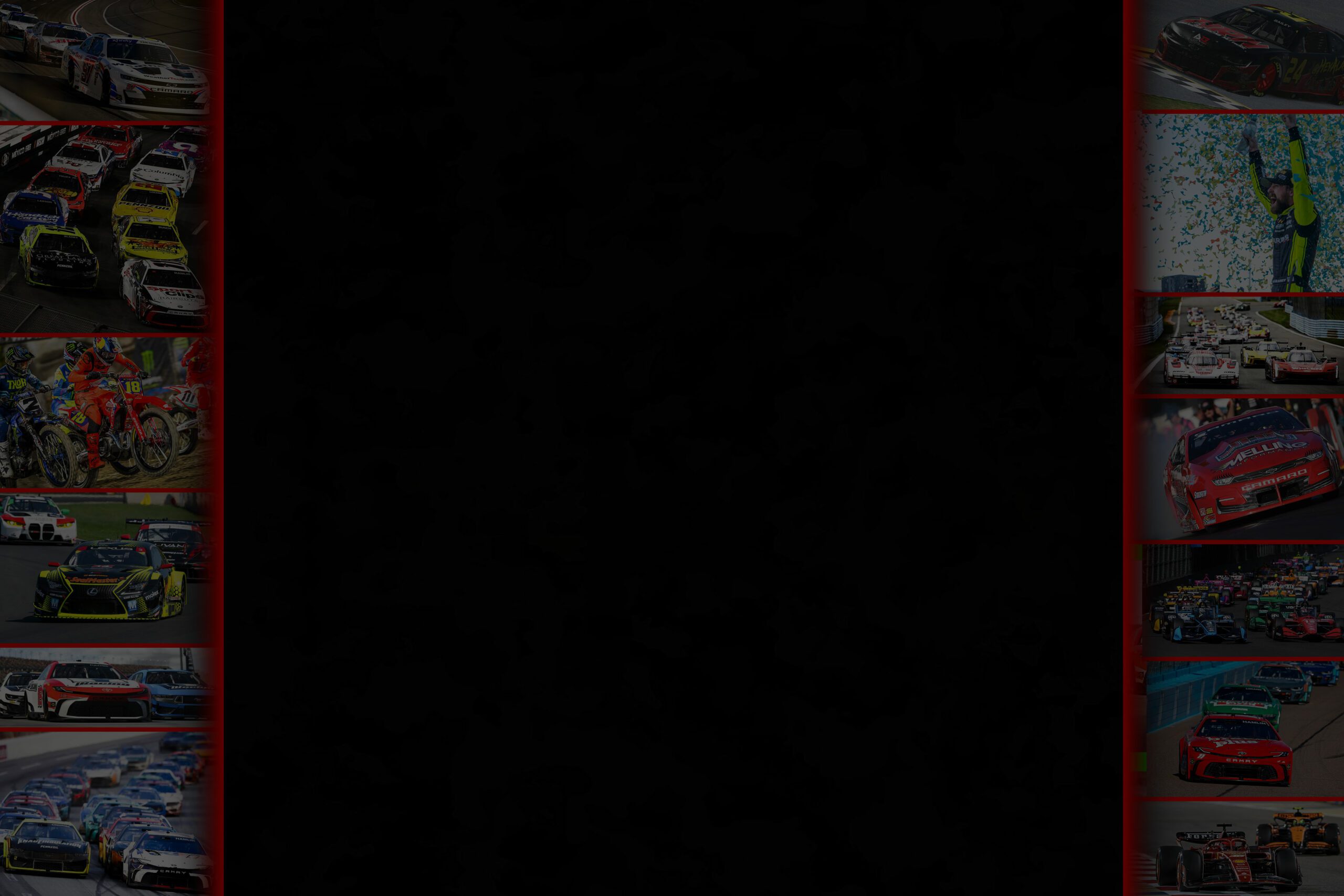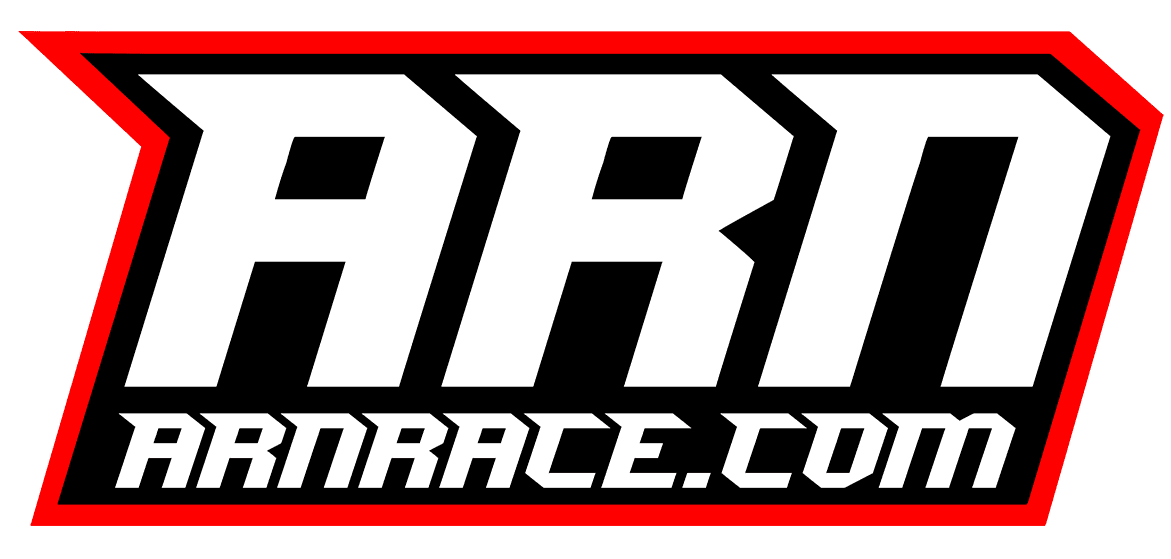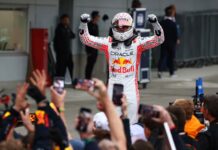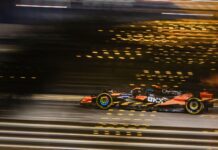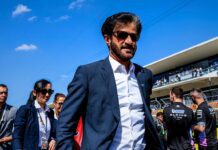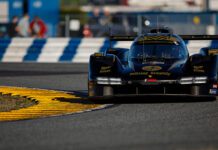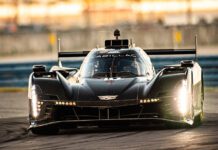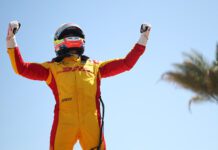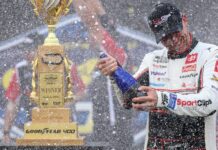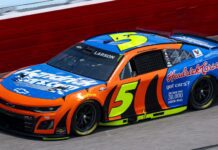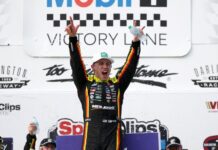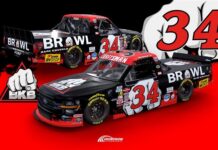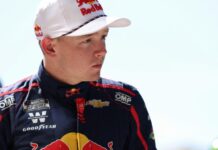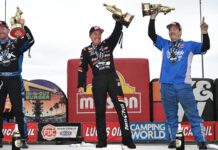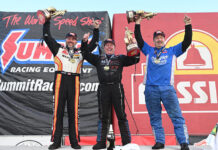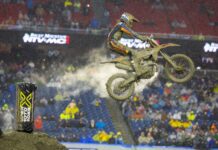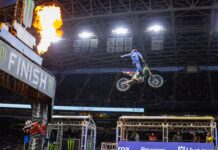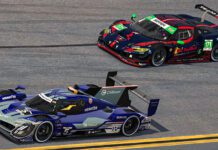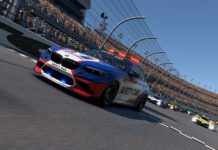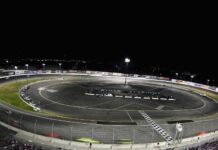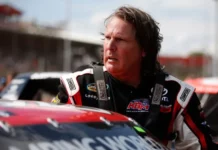The day was only half over but the race was finished. NASCAR’s decision to call Sunday’s Coke Zero 400 at about 3 pm ET left some competitors and fans perplexed.
The decision ended NASCAR’s weekend battle with showers, which caused a multi-car crash during Nationwide qualifying on Friday and forced Saturday night’s Cup race to be moved to Sunday. Rain twice delayed Sunday’s race before it was called after 112 of 160 laps. Aric Almirola was declared the winner.
Runner-up Brian Vickers, naturally, was disappointed.
“I was hoping they would wait,’’ Vickers said. “We got lights. It’s Daytona.’’
With a forecast from the National Weather Service calling for the likelihood of rain until about 8 pm ET and the race past halfway – a day after it was scheduled to run – it tipped the scales for NASCAR to call the race.
“We’ve seen this weather pattern and felt it was the best interest of fans getting done and getting home,’’ said Robin Pemberton, NASCAR vice president of competition. “We put on 2 1/2 hours of solid racing. When you looked at what was in front of us weather-wise, we felt it was best for all concerned that the race was completed.’’
Vickers wondered why a race that was scheduled to start at night ended the next afternoon without attempting to run at night.
“I know a lot of fans … stuck around at the race track waiting to see the finish, and I was expecting them to wait a little bit longer, knowing we had lights here and it was going to be a night race anyway,’’ Vickers said. “So I was a little surprised, but there were circumstances that maybe not so surprised it was called so early.’’
Kurt Busch, who finished third, also wondered about NASCAR’s decision.
“It seems early to call a race,’’ he said. “It is Sunday already and the majority of our fans that showed up were going to use this day to travel back home. On average how far are the fans locally traveling to get back home? Is it four hours? Maybe we could have run later on today and still finish and everybody be back home and working on Monday. It’s a tough cal to make.’’
Pemberton said an issue was that was so much rain in Turn 3 that water was trapped behind the SAFER barrier and coming down on the track. That could have delayed a restart if the rest of the track was dry.
The later the rain persisted, the longer it would have been to dry the track because it would not have been aided by the sun.
Had the rain not stopped until about 8 pm ET, it likely would have taken at least two hours to dry the track. Thus, the race might not have restarted until after 10 pm in that scenario.
That creates a delicate balance for officials on what is best for competitors, fans, and those working at the track.
“You’re always at the mercy of the weather,’’ Pemberton said.
